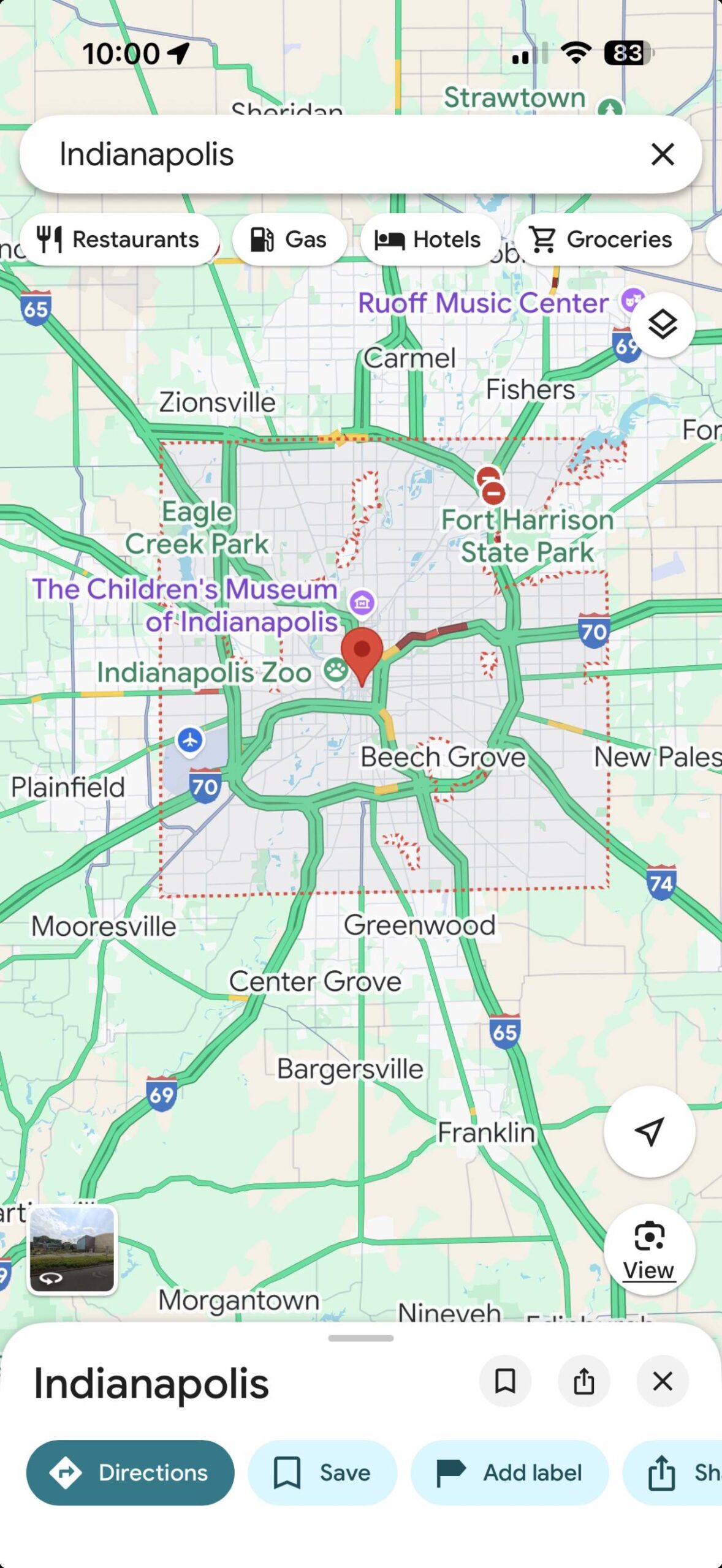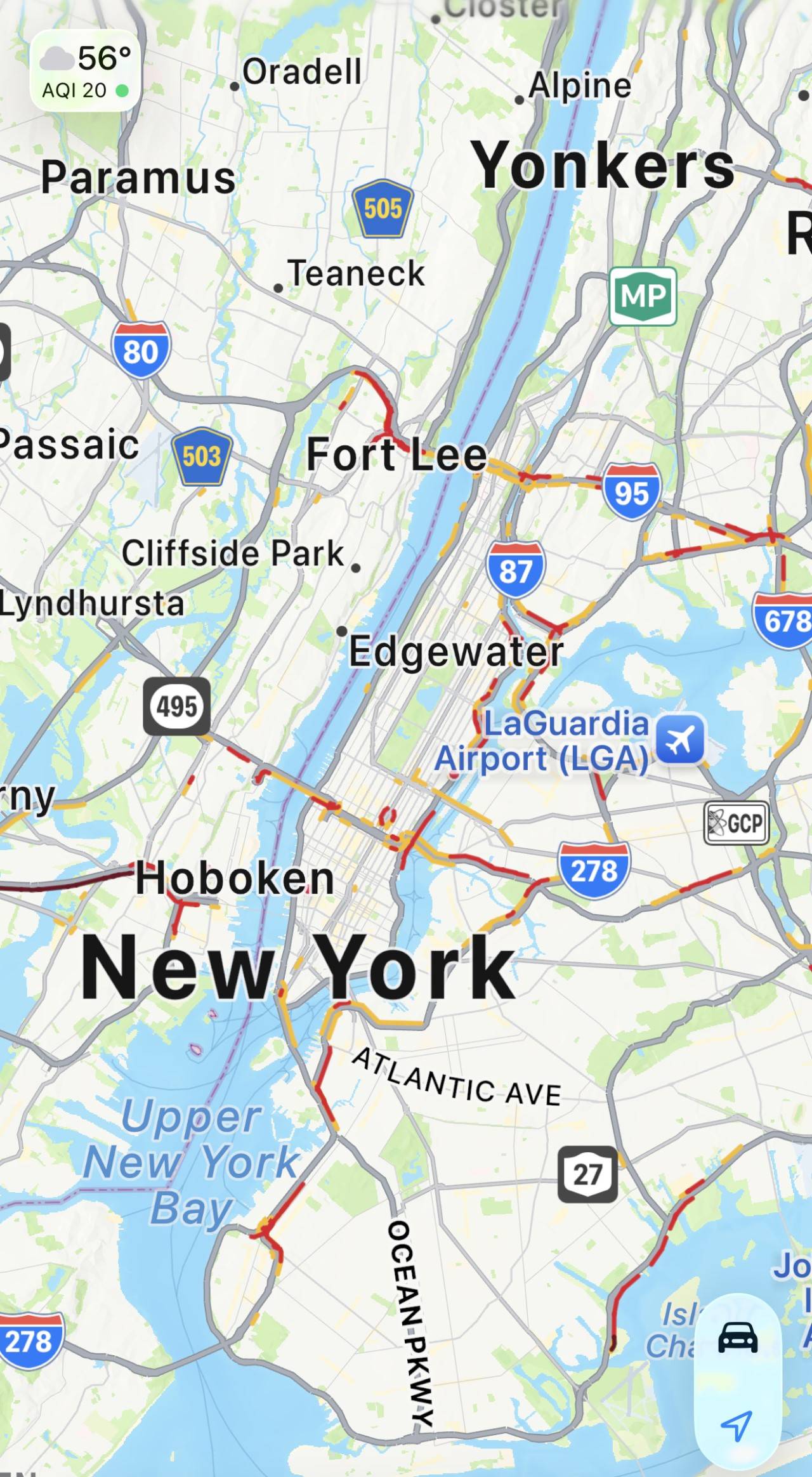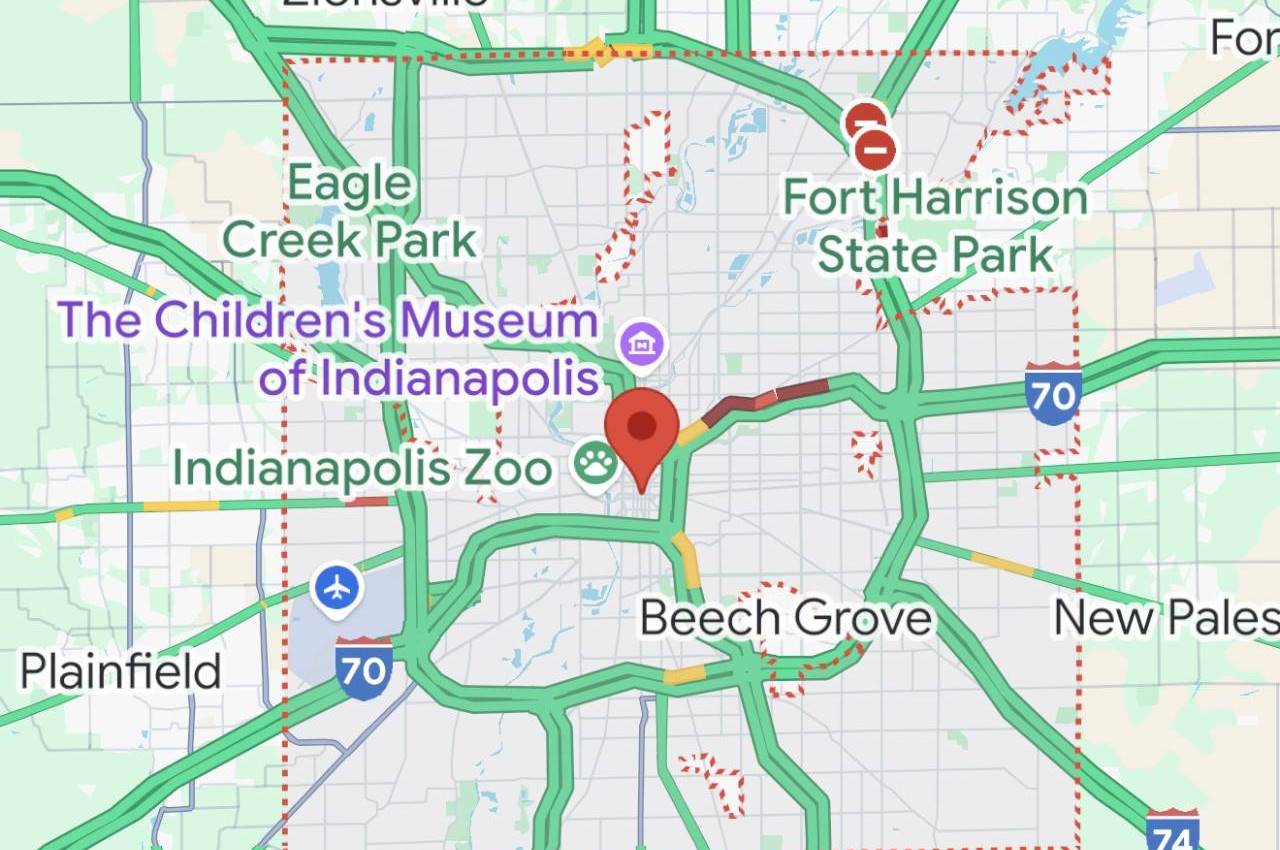Automotive News: Google Maps, Waze, or Apple Maps—Which One Steers You Right?
In today’s fast-paced world, navigation apps are more than just tools—they’re lifelines for dodging gridlock on your commute, plotting errand runs, or wandering unfamiliar streets. For over a decade, Google Maps, Waze, and Apple Maps have ruled the roost, each carving out its niche with unique strengths.
–by Mark Cipolloni–
But with so many tapping into them every day, picking the perfect fit boils down to what you value most: slick design, spot-on directions, extra perks, or ironclad privacy. Let’s break it down across those fronts to map out your ideal companion.
The All-Purpose Powerhouse: Google Maps
Think of Google Maps as the Swiss Army knife of navigation. It packs a punch with vast mapping intel, handy spots like restaurants and gas stations, transit schedules, immersive Street View panoramas, augmented-reality Live View for walking cues, and in-depth business details like reviews and operating hours. Whether you’re a routine driver or a globetrotting adventurer, its do-it-all vibe keeps it at the top of most phone screens.

The Driver’s Best Friend: Waze
Waze is all about the asphalt grind, tailored for folks behind the wheel who hate surprises. Powered by a hive-mind of users, it dishes out instant heads-ups on jams, wrecks, detours, and even speed traps. Google’s ownership means some of Waze’s crowd-fueled magic—like those urgent hazard pings—now pops up in Google Maps too, muddying the waters a bit. Still, Waze keeps its laser focus on getting you there quicker and safer by car.
The Comeback Kid: Apple Maps
Apple Maps has shed its early flak, evolving into a sleek contender that’s a no-brainer for iPhone loyalists. Its buttery-smooth look, emphasis on user privacy, and tight ties to Siri, CarPlay, and Apple Watch make it feel like an extension of your device. If you’re all-in on Apple’s world, this app glides effortlessly into your routine.
User-Friendliness: How They Look and Feel
Design is where these apps show their personalities.
Google Maps crams in a ton without overwhelming—think layered views for traffic overlays, bird’s-eye satellite shots, or bus routes, all a tap away. Flipping between drive, walk, bike, or public transport is a breeze, and searches pull up rich profiles with star ratings and wait times.
Waze goes big and bold for road warriors, flashing eye-catching warnings about user-flagged pitfalls like potholes or patrols. Sure, the alerts can crowd the screen, but that’s the point: It keeps your eyes on the prize of a smoother ride.
Apple Maps keeps it zen with a clutter-free vibe that prioritizes ease—quick searches, simple voice-guided turns, and flawless handoffs to your dashboard or wrist. It’s the epitome of “less is more” for Apple die-hards.
Precision on the Path: Routing and Traffic Smarts
Nailing the route and spotting snags in time can shave minutes—or hours—off your day.
Google Maps leads the pack for dependable paths and ETA predictions, blending smart algorithms with past patterns and live feeds to outsmart urban sprawl or backroad twists. It’s rock-solid just about anywhere.
Waze shines in the moment, rerouting on a dime thanks to its user army spotting issues first. That said, it falters without a strong signal, leaving you high and dry in dead zones.
Apple Maps has leveled up its game, especially in bustling metros, by tapping anonymized data from iPhone fleets for traffic insights—all crunched locally for your peace of mind. It still trails in stickier spots like remote trails or overseas jaunts.
Beyond the Basics: Bells, Whistles, and Integrations
These apps don’t stop at arrows on a screen—they layer on goodies to enhance the journey.
Google Maps goes wide with downloadable maps for no-signal zones, AR-powered pedestrian guides, pit-stop planners for electric vehicles, and even indoor layouts for sprawling spots like terminals. Link it to your Google suite—email, schedule, voice commands—and trips feel effortlessly synced.
Waze stays lane-specific with social twists: Flag dangers for the group, spot cops ahead, or queue up tunes from Spotify or podcasts right in-app, no fumbling required.
Apple Maps bets on discretion and harmony, mirroring Street View with its “Look Around” 360s (faces and plates blurred for good measure), plus tailored routes for bikes or EVs, all voiced through Siri. It feeds anonymized visuals back into AI training, but only with privacy locks bolted tight.

The Privacy Pit Stop: Who’s Watching Your Moves?
In an era where your phone’s always listening, data practices are a deal-breaker.
Google Maps hoovers up location trails and habits to fine-tune suggestions and fuel ads—great for tailored tips, but a red flag if stealth is your jam.
Waze, under the Google umbrella, anonymizes drive logs to sharpen those communal alerts, but real-time sharing is the trade-off for its edge-of-your-seat accuracy.
Apple Maps flips the script: Most crunching happens on your gadget, swapping personal IDs for random ones and skipping ties to your account. It’s the go-to for data dodgers, though it does harvest blurred crowd data to refine roads and flows.
The Finish Line: Pick Your Pothole-Free Path
No app claims the checkered flag outright—it’s all about your drive. Crave a loaded toolkit for every mode of travel, from subways to strolls? Google Maps has the global grit and gadgetry to match. Obsessed with outrunning rush-hour roulette? Waze’s user swarm will reroute you to victory. Deep in Apple’s orbit and craving a whisper-quiet, elegant escort? Apple Maps delivers the polish and protection without the extras.
Whichever you tap, these apps have turned getting lost into a relic. Just choose the one that aligns with your route through life—and happy trails.
